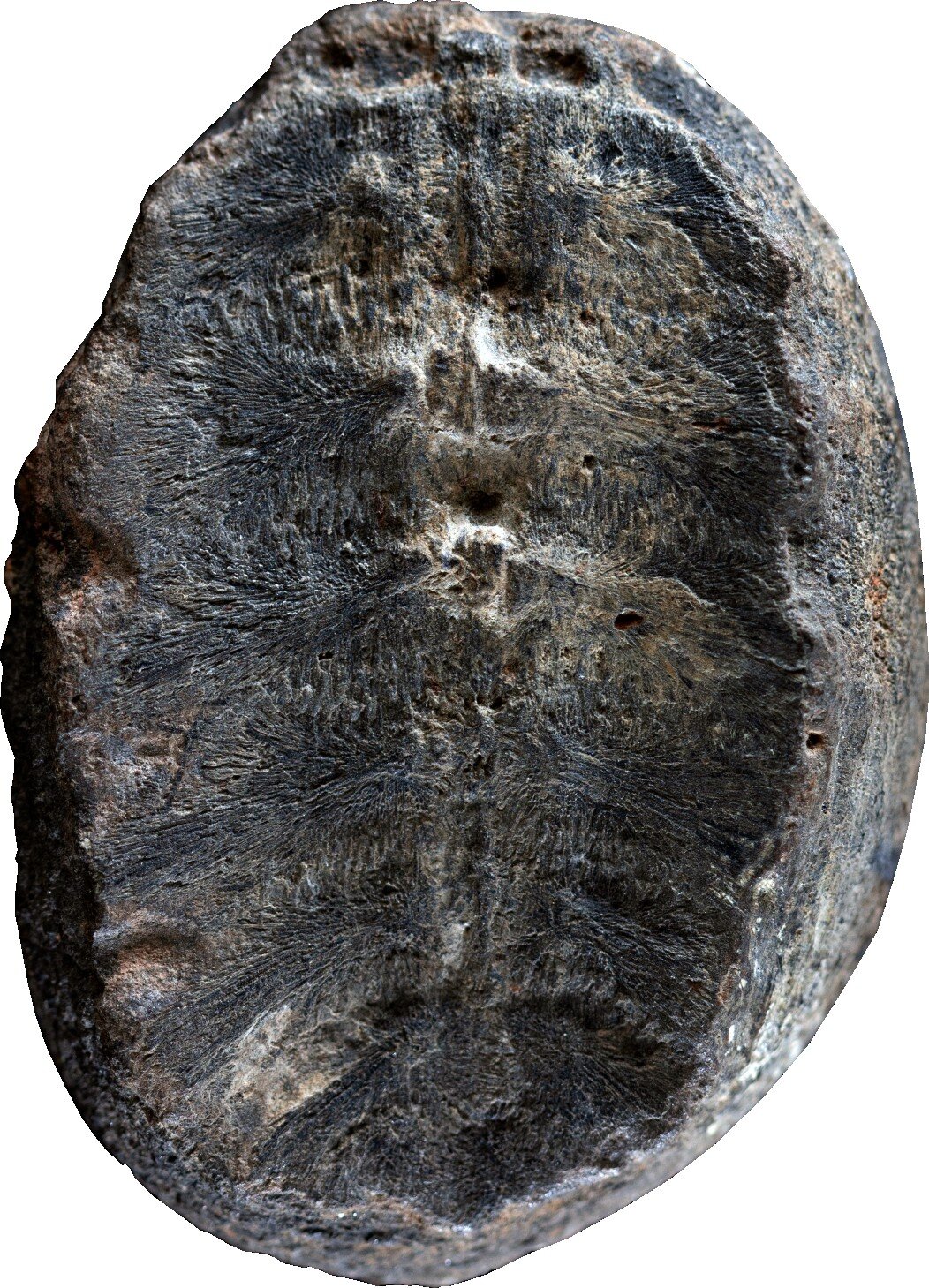From the 1950s to the 1970s, a Colombian priest named Padre Gustavo Huertas collected rocks and fossils near a town called Villa de Levya. Two of the specimens he found were small, round rocks patterned with lines that looked like leaves; he classified them as a type of fossil plant. But in a new study, published in the journal Palaeontologia Electronica, researchers re-examined these “plant” fossils and found that they weren’t plants at all: they were the fossilized remains of baby turtles.
“It was truly surprising to find these fossils,” says Héctor Palma-Castro, a paleobotany student at the Universidad Nacional de Colombia.
You must log in or register to comment.


